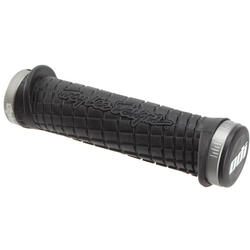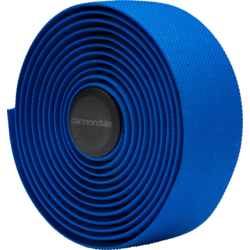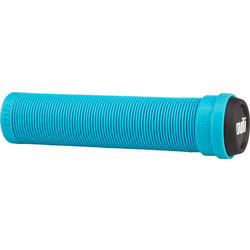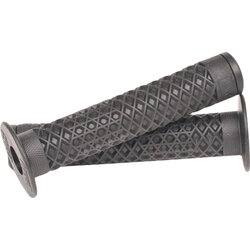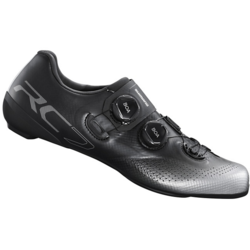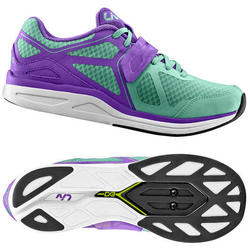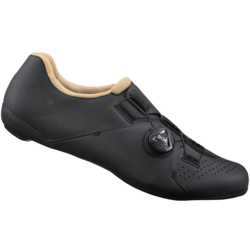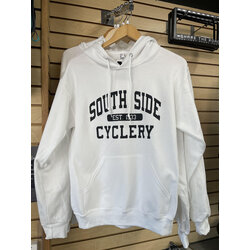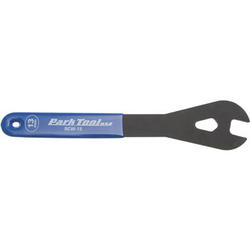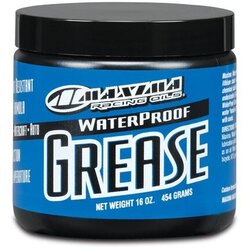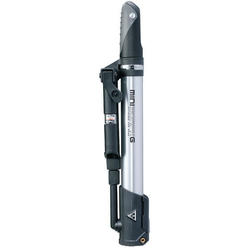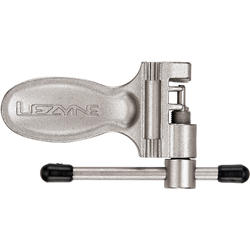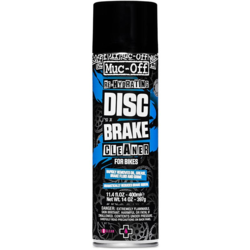
You Have a Bike. Now What?
Attention New Riders - We're stoked to hear that you are loving your new bike! We’re here to answer all of your questions and assist you in getting the most out of every ride. Here you can learn more about how to make your bike rides more comfortable, what to wear, and the tools and gear you need to take good care of your new bike.
Your Bike Should Be Comfortable
If you are feeling sore, we can help you find the perfect remedy. Consider upgrading your saddle and pick up a pair of gloves and padded shorts to make your rides more comfortable.
1. Check your tire pressure
First, press down on the top of the wheel, and observe the feel of the tire and how much it bulges against the ground. This doesn't give you an accurate measure of your tire pressure, but it helps give you a general idea of what your tires should feel like should you need, in an emergency, to guess whether or not you have adequate pressure.
The recommended pressure for your tires is usually printed on the side. It will be measured in PSI (pounds per square inch), and usually will be listed as a range like this for Example (40 - 65psi). In most conditions, such as riding on streets, paved trails, or smooth dirt trails, you'll want to use the maximum pressure of the range. If you're riding on rough off-road trails (mountain biking), you'll want to use a pressure at or near the minimum of the range.
Use an air gauge or the built-in gauge of your bicycle tire pump. If the current pressure is lower than your desired pressure, then operate the pump until you reach your desired pressure. Press down on the wheel again to get a general feel for what your tire feels like when properly inflated. Repeat the above process for the other wheel. Inspect the outer surface of the tires. Look for excessive wear in the tread, cuts or cracks on the tread or sidewall, exposed threads or wires, or bulges. If you see any of these, replace the tire.
2. Check wheel quick-releases
If your wheels are held in place with quick-release levers, check to make sure that the levers are closed with the proper tension. If you're not familiar with the proper use of wheel quick-release levers, ask for help from a qualified bicycle mechanic.
3. Check your breaks
Grasp the left-hand (front) brake lever firmly, and rock the bike forward and backward. The brakes should hold firmly without slipping or squealing.
Repeat using the right-hand (rear) brake lever. If either brake does not hold firmly, do not ride the bike, and have the brakes checked by a qualified bicycle mechanic.
4. Check your wheels
With the bike resting on the ground, hold the handlebars with one hand, and grab the top of the front wheel with the other hand. Try to rock the wheel side-to-side; there should NOT be any "play" or movement in this direction.
Lift the front end of the bike and spin the front wheel. As the wheel spins, it should feel and sound smooth. If it makes a crunchy or grinding noise, or if the wheel wobbles from side to side as it spins, have it serviced by a qualified bicycle mechanic.
Repeat the above process for the rear wheel.
5. Check your crank arms and pedals
With the bike resting on the ground, stand on the right side of it. The crank is the arm that the pedal is connected to; rotate the cranks so that the arm is pointed up. Grasp the crank arm with one hand, and tug on it firmly, pulling it towards you and then towards the bike. You should not feel any play or movement.
Repeat on the left side of the bike.
If you feel play in the crank arms on both sides, it is likely that the bottom bracket (the set of ball bearings that allow the crank arms to turn) need to be serviced or replaced. If you feel play on only one side, the crank arm itself is probably loose. You may be able to tighten it back down using the bolt in the center, but if it has worked itself loose, it probably needs to be replaced.
6. Check stem and headset
The stem is the component that holds the handlebar in place. Stand over the bike with the front wheel between your legs. Grasp the handlebar firmly and try to turn the handlebar without turning the wheel. If the handlebar turns, DO NOT ride the bike and have it checked by a qualified bicycle mechanic.
The headset is the group of ball bearings inside the front part of the bike (the head tube) that enable the steering to operate. To check that they are adjusted properly, grab the left-hand (front) brake lever and rock the bike forward and backward while you hold onto the outside of the bearing areas (at the top and bottom of the frame's head tube). If you feel any play in the bearings, they need to be adjusted by a qualified bicycle mechanic.
7. Check your chain
Closely inspect the chain. If there's a little surface rust, then you can probably get away with cleaning and re-lubricating it. If it's completely covered solid with rust, then it needs to be replaced.
Spin the cranks backwards and observe if the chain moves freely over the cogs without any kinking, skipping, or binding. It should turn relatively quietly without squealing or grinding. If if does any of these, it needs to be cleaned and lubricated.
If the chain is covered with hunks of grease or grime, either partially or completely, then clean and lubricate it.
Use a chain wear indicator tool to check the condition of the chain. If the tool indicates that the chain is worn, the chain needs to be replaced.
For more details about checking, cleaning, and lubricating your chain, see 5 Tips: Care and feeding of your bicycle's chain.We’ve Got You Covered From Head to Toe
If you are searching for a stylist, you are barking up the wrong tree. However, if you want some guidance on building a basic cycling wardrobe, we'd love to help!
Build Your Bike Maintenance Kit
We recommend having a few products at home to help you keep your bike in excellent condition between annual tune-ups. Pick a pump, chain lube, and a multitool to keep your bike rolling smoothly. When in doubt, stop by our store and have our professional mechanics assess your bike's needs.

